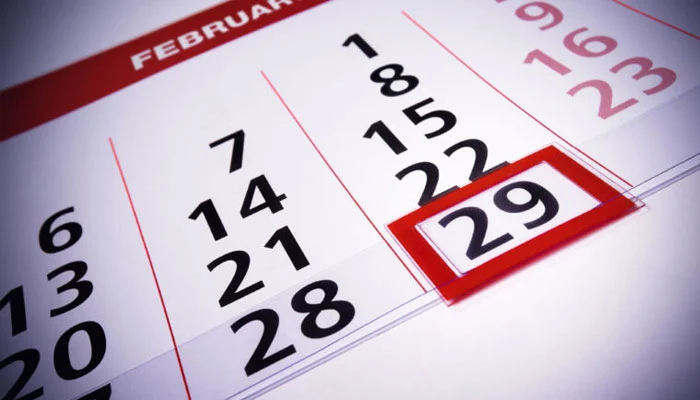February 29 will appear on our calendars in 2024, which may pique our interest in the significance of leap days and the scientific reasoning behind adding one day to our calendars every four years.
According to National Geographic, leap years have an important scientific purpose in addition to providing an extra day on the calendar, with the goal of aligning Earth’s orbit with the human calendar. This additional day guarantees that seasons, holidays, and agricultural operations are all in line.
The scientific rationale for leap day.
Leap years, which occur every four years, are caused by the Earth’s orbit lasting approximately 365 days and 6 hours. The quarter-day surplus builds up over time, and leap years act as a corrective measure, preventing a misalignment between our calendars and the Earth’s orbit.Without leap years, a gradual shift in seasons and solstices would upset established chronology.
The tradition of leap days goes beyond simple calendar adjustments. While it is not an official holiday in the United States, different cultures celebrate it differently.
In Ireland, women are challenging traditional gender norms by proposing to their partners. In some parts of China, children demonstrate their devotion to their parents with gifts, and leap days have become popular wedding dates.
History of Leap Day
The origins of Leap Day can be traced back to ancient civilizations dealing with calendar irregularities. Pope Gregory XIII’s creation of the Gregorian calendar, which included leap years, proved to be a successful solution.
However, not all cultures use the Gregorian calendar, and others devise alternate techniques to account for the Earth’s orbital complexity.To stay in sync with the solar seasons, the Hebrew calendar adds an extra month to its 19-year cycle.
What is a Leap Year Skip?
While leap years occur every four years, there are outliers because the Earth’s orbit takes approximately 365.2422 days. The rule of skipping a leap year if it is divisible by 100 but not by 400 results in a more accurate alignment. The next leap year skip is scheduled for 2100.






